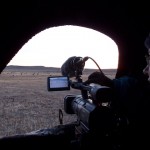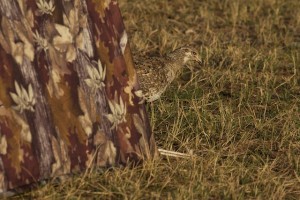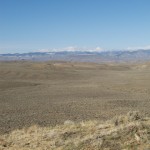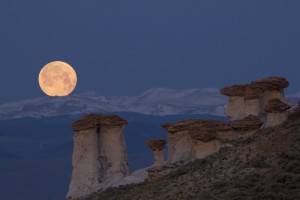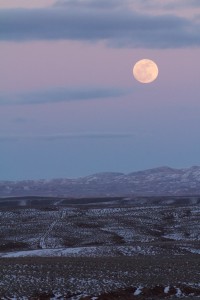We haven’t left Wyoming yet, and I don’t consider our season officially done until we’ve washed the vehicles and returned them to Fleet Services at UC Davis, but the crew leaving and having to pack up camp definitely puts me in a retrospective mood. Some thoughts on the 2012 season:
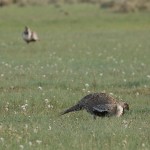 Overall we got REALLY lucky with the weather. This has been an amazingly warm, dry year, and we were rarely prevented from accessing the leks or collecting data. It seemed like we might have gotten a little more wind in the mornings, and the rain-out on our final experiment (when Stacie was going to get to join us on the lek) was a bummer, but otherwise we really could not ask for better weather.
Overall we got REALLY lucky with the weather. This has been an amazingly warm, dry year, and we were rarely prevented from accessing the leks or collecting data. It seemed like we might have gotten a little more wind in the mornings, and the rain-out on our final experiment (when Stacie was going to get to join us on the lek) was a bummer, but otherwise we really could not ask for better weather.
As I said in my last post, the crew was fantastic. This project requires field technicians who completely buy in to what we’re doing, and they seemed to do that. It makes it much more fun when they are nice interesting people who are easy to live with, which they were. Once again, we did a good job selecting these folks out of the pool of more than 70 applicants.
We collected a LOT of data this year. The arrays were installed relatively early, so we got sound recordings from before or around the peak in breeding. We managed at least two experimental treatments on each lek. Anna collected focal data on courtships and female behavior almost every day.
Gail did a great job turning an idea for a robot into a working tool for interacting with free-living animals. Besides just getting a realistic looking skin on the taxidermy mold, she had to solve challenges like figuring out the best wheels or treads, figuring out how to make the tail bend down when the robot leans forward so the robot isn’t mooning the whole lek. In general, the males really responded well this year.
Having to drop Preacher Lek from our stable of focal leks could have been a problem, but I think we handled it pretty well. Preacher’s replacement, Cottontail, was definitely a challenge, but I feel good about our effort there. Liz (and sometimes Mel) had to put some long hours there waiting for the last birds to leave. There were a lot of birds, and probably some movement of males back and forth from the upper center to our focal area closer to the reservoir. This meant new birds showing up all the time!
Our crew scheduling worked pretty well- it was a little uneven in that Cottontail always had more of everything than either Monument or Chugwater, but there are only so many ways to spread 4 people over 3 leks. Hats off to Mel for being a great floater, and learning the birds at all 3 leks. Although it might not have felt like it sometimes when we had to make last minute changes, but we did a much better job of planning ahead as well. Our crew not only had more frequent mornings off (once every eight days), but often actually knew when those were going to be.
The crew may have spent as much time watching video grouse than they did watching live ones. Collecting video data back in the lab will now be a lot easier, as we will know which males were where for the fembot experiment tapes, focal female courtship tapes, and the sound recording. This was definitely not the favorite part of the job for the crew, but they managed to get it all done.
I found a new lek! And not too far from our camp. I think that’s pretty neat. I got to do counts on several leks I’d never been to. It’s nice to hear from the local managers like Sue and Stan how important these counts are.
No high-speed video this year. We still haven’t analyzed the set of clips that Gail collected last year. HSV is always really fun, and can be something the crew starts analyzing here, but we had neither the time nor the specific question that required it this year.
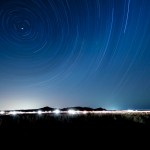 We didn’t spend much time capturing birds this year. This is probably our biggest challenge now- figuring out how to schedule a crew so we can work at night, in the morning, and in the afternoon. Something to think on for next year.
We didn’t spend much time capturing birds this year. This is probably our biggest challenge now- figuring out how to schedule a crew so we can work at night, in the morning, and in the afternoon. Something to think on for next year.
I got to meet Joe Hutto.
It was really fun to see our research area in such a warm year. The season was advanced substantially, so we got to see a lot of plants and animals that we normally miss. And in any year, this is a really special place to get to live and work. The more than 5000 photos I’ve taken this spring can attest to that!

